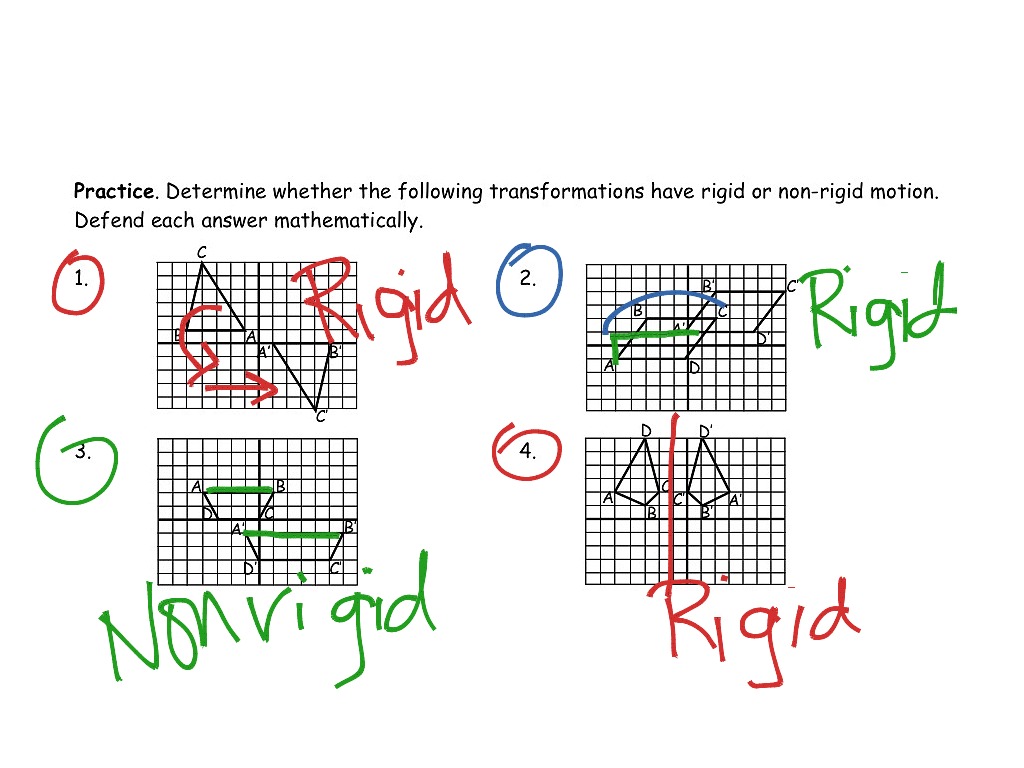

The set of proper rigid transformations is called special Euclidean group, denoted SE( n). The set of all (proper and improper) rigid transformations is a mathematical group called the Euclidean group, denoted E( n) for n-dimensional Euclidean spaces. Any proper rigid transformation can be decomposed into a rotation followed by a translation, while any improper rigid transformation can be decomposed into an improper rotation followed by a translation, or into a sequence of reflections.Īny object will keep the same shape and size after a proper rigid transformation.Īll rigid transformations are examples of affine transformations. (A reflection would not preserve handedness for instance, it would transform a left hand into a right hand.) To avoid ambiguity, a transformation that preserves handedness is known as a proper rigid transformation, or rototranslation.

Reflections are sometimes excluded from the definition of a rigid transformation by requiring that the transformation also preserve the handedness of objects in the Euclidean space. The rigid transformations include rotations, translations, reflections, or any sequence of these. In mathematics, a rigid transformation (also called Euclidean transformation or Euclidean isometry) is a geometric transformation of a Euclidean space that preserves the Euclidean distance between every pair of points. ( August 2021) ( Learn how and when to remove this template message) There might be a discussion about this on the talk page. The "formal definition" section does not specify which kind of objects are represented by the variables, call them vaguely as "vectors", suggests implicitly that a basis and a dot product are defined for every kind of vectors. In particular, the lead refers correctly to transformations of Euclidean spaces, while the sections describe only the case of Euclidean vector spaces or of spaces of coordinate vectors. This article may be confusing or unclear to readers.


 0 kommentar(er)
0 kommentar(er)
